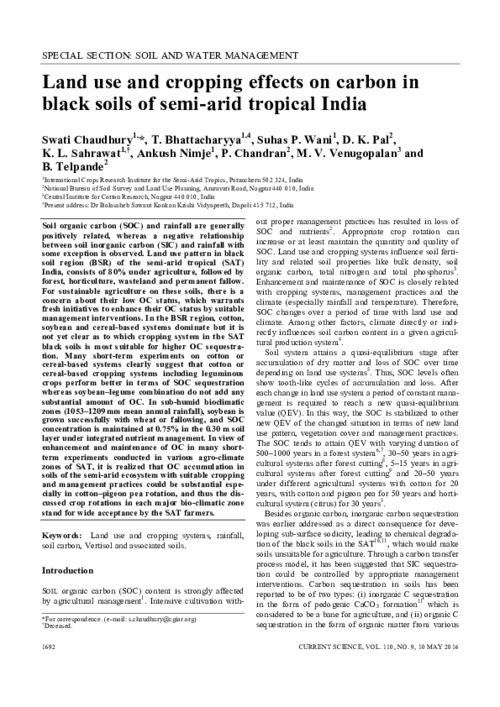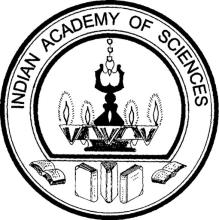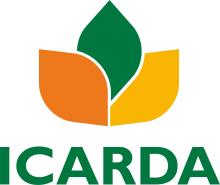Resource information
Soil organic carbon (SOC) and rainfall are generally
positively related, whereas a negative relationship
between soil inorganic carbon (SIC) and rainfall with
some exception is observed. Land use pattern in black
soil region (BSR) of the semi-arid tropical (SAT)
India, consists of 80% under agriculture, followed by
forest, horticulture, wasteland and permanent fallow.
For sustainable agriculture on these soils, there is a
concern about their low OC status, which warrants
fresh initiatives to enhance their OC status by suitable
management interventions. In the BSR region, cotton,
soybean and cereal-based systems dominate but it is
not yet clear as to which cropping system in the SAT
black soils is most suitable for higher OC sequestration.
Many short-term experiments on cotton or
cereal-based systems clearly suggest that cotton or
cereal-based cropping systems including leguminous
crops perform better in terms of SOC sequestration
whereas soybean–legume combination do not add any
substantial amount of OC. In sub-humid bioclimatic
zones (1053–1209 mm mean annual rainfall), soybean is
grown successfully with wheat or fallowing, and SOC
concentration is maintained at 0.75% in the 0.30 m soil
layer under integrated nutrient management. In view of
enhancement and maintenance of OC in many shortterm
experiments conducted in various agro-climate
zones of SAT, it is realized that OC accumulation in
soils of the semi-arid ecosystem with suitable cropping
and management practices could be substantial especially
in cotton–pigeon pea rotation, and thus the discussed
crop rotations in each major bio-climatic zone
stand for wide acceptance by the SAT farmers.



